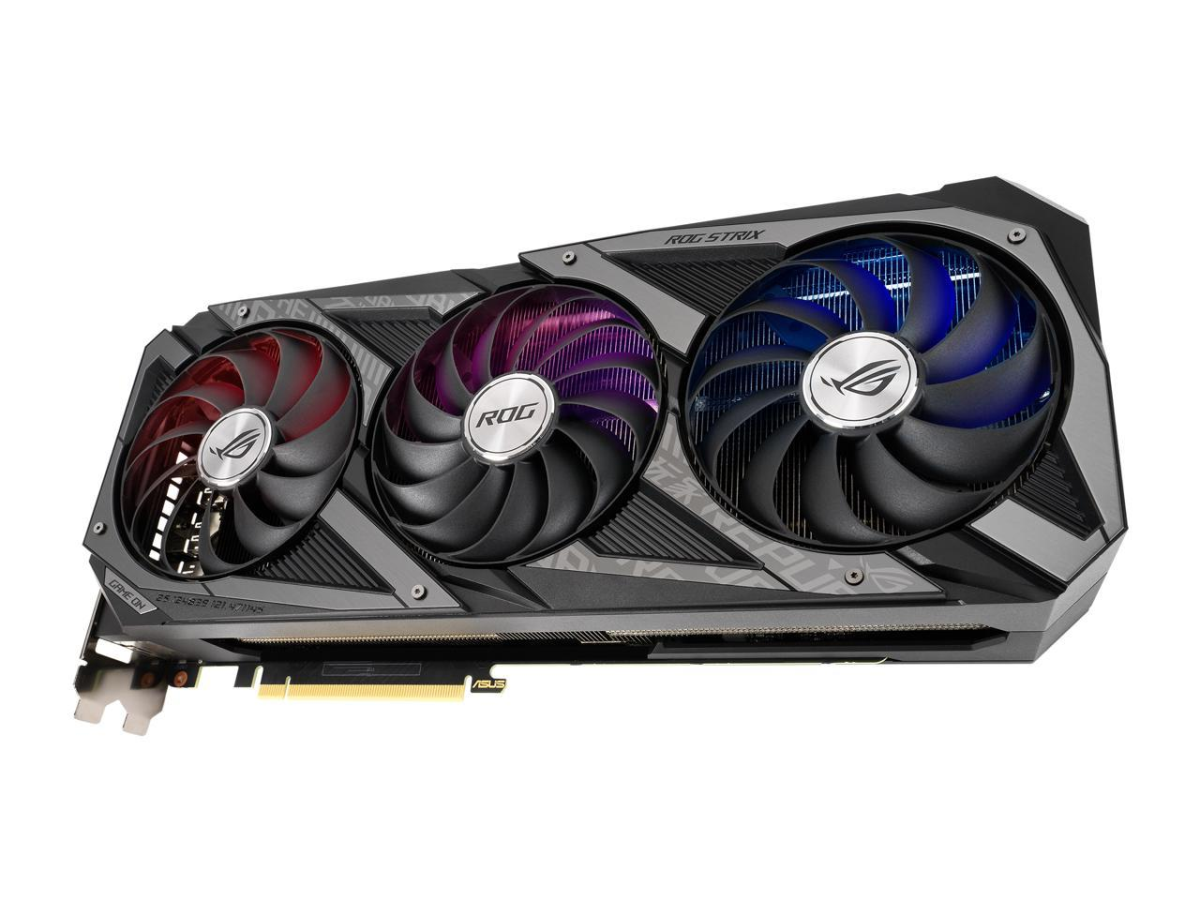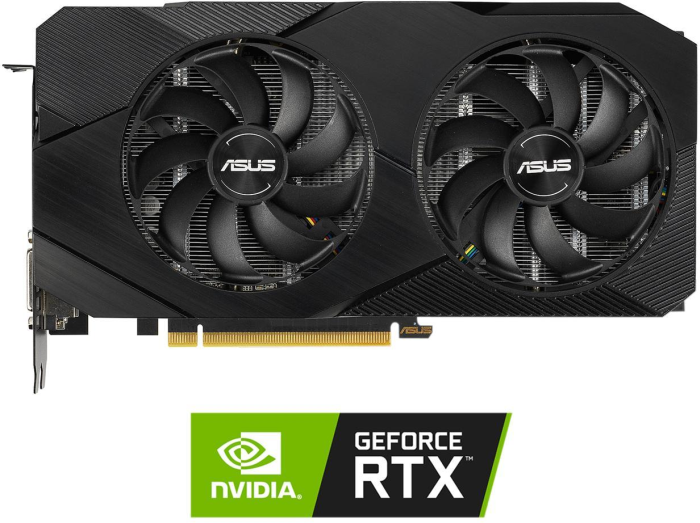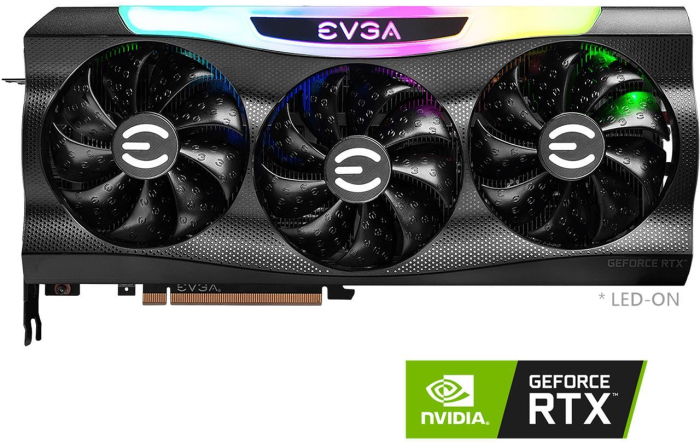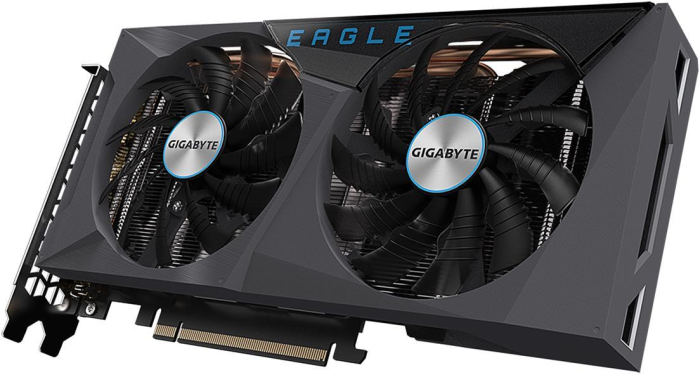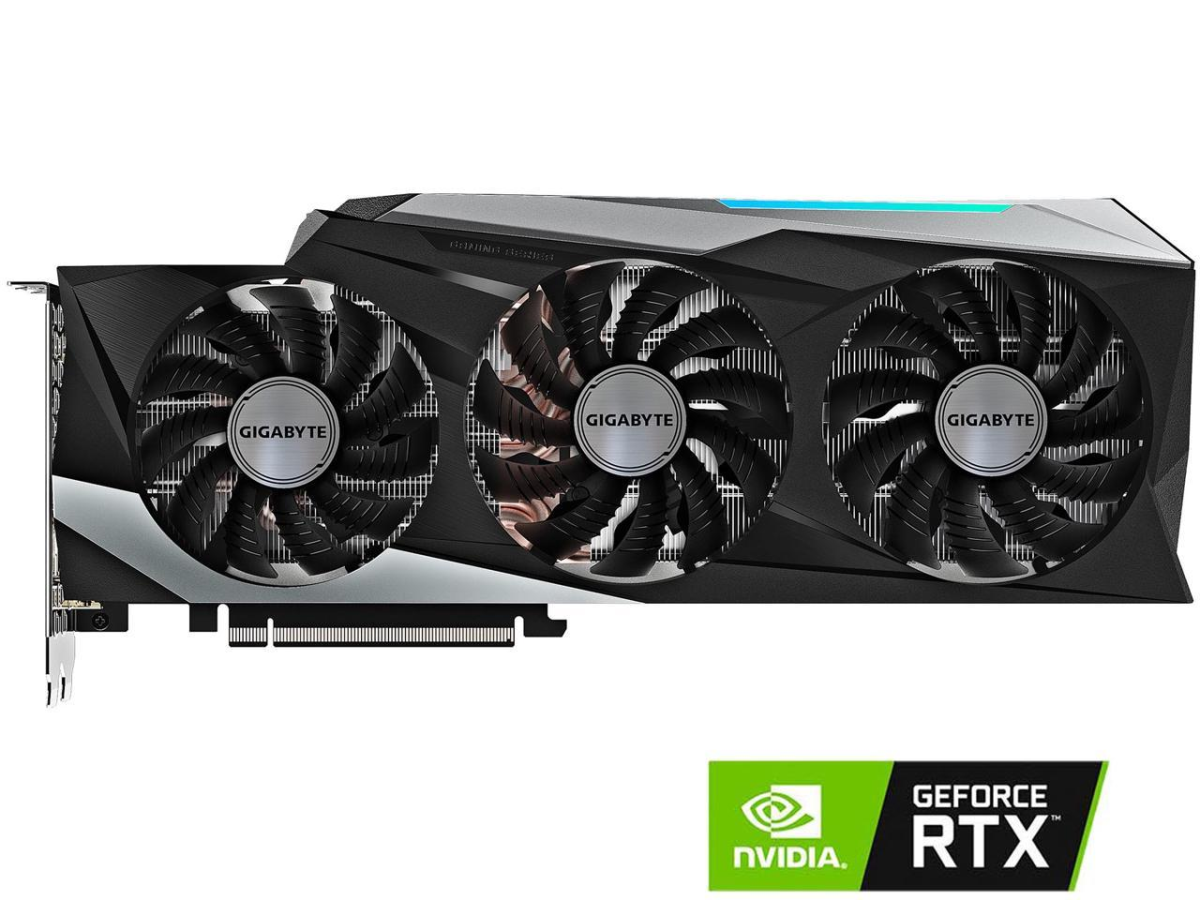
If you’ve been paying attention to the GPU market since 2020, you know that crypto miners are playing a big role in the GPU shortage. And if you’re building a crypto mining rig, you should know graphics cards are great for computing the complex equations the blockchain has in place to verify transactions. As miners solve these equations, newer and more complex equations take their place, requiring more powerful hardware to compute in a timely fashion.
Nvidia’s latest line of graphics cards, the RTX series, are great at solving these equations. But what makes them good for mining? We’ll take a look at that shortly. But first, we need to make something clear.
We’re using Bitcoin here as a catchall for cryptocurrencies. Directly mining Bitcoin with a GPU, even when in a mining pool, isn’t profitable and hasn’t been for years. To mine Bitcoin directly requires ASIC hardware, a specialized type of computer, which generates a much higher hash rate than even the most powerful GPUs (and with less power, too).
The most common cryptocurrency that people use GPUs to mine is Ethereum. There are also mining pools like NiceHash, where hashing power goes directly to mining other cryptocurrencies in exchange for Bitcoin.
Now, with that point of contention out of the way, let’s look at what makes RTX graphics cards good for mining.
Check out all our incredible NVIDIA products
Power and Features
Modern graphics cards are becoming more powerful with each passing generation, and the cards in the RTX series are no exception.
In 2018, Nvidia released the RTX-20 series, which laid the foundation for the Turing GPU architecture. The RTX-20 series jumped from GDDR5 memory to the GDDR6 standard, which saw an increase in graphics memory transfer speeds from 8 Gbps to 14-16 Gbps. They also increased the number of CUDA cores, transistors, and the overall power the cards could use.
The RTX-20 series also introduced new things that the previous GTX 10-series didn’t have. Namely, dedicated ray tracing and tensor cores. Nvidia designed these new core types to handle real-time ray tracing and AI-powered upscaling and calculations.
Then, just two years later, Nvidia came out with its RTX-30 series cards, which offered substantial improvements over the 20-series cards.
Not only did the 30-series cards switch to the Ampere architecture and offer even more power than the 20-series, but it significantly increased memory speeds, CUDA cores, and transistor counts. Comparing the RTX 2080 with the RTX 3080, the 3080 saw a 5 Gbps increase in memory speeds, almost three times the CUDA cores, and twice the number of transistors, as well as newer generations of ray tracing and tensor cores.
Not only has all of this led to higher resolutions and greater gaming performance, but it makes for much more powerful crypto mining hardware.
Check out our entire selection of GPUs
Balance Between Cost and Performance
Another reason RTX cards are good for crypto mining is their balance between cost and performance. Particularly, the amount of power they use for the hash rate they generate. AMD’s cards were dominant for years when it came to mining performance for Ethereum and other GPU-based cryptocurrencies. And they also generally cost less and use less electricity. But the tides are turning in Nvidia’s favor.
Looking at WhatToMine, a popular mining profit calculator for cryptocurrencies, Nvidia’s RTX cards take the top 3 spots on the list of the most profitable cards to mine with. They also dominate the top 10 spots as the most profitable cards to mine with, occupying over half of the list at the time of writing.
Resale Value
As computer hardware becomes more powerful, cryptocurrencies become more difficult to mine, thus requiring more powerful hardware. That means that once the mining difficulty becomes too high for a GPU, crypto miners lose interest and dump off their old cards in lieu of faster and more efficient cards.
Because of this, the RTX cards are a great choice for miners. With a higher initial cost, they tend to fetch a higher price on the secondhand market.
The RTX cards are also jam-packed with desirable features that are great for gamers. They feature superior ray tracing capabilities over AMD’s competing RX series cards, and proprietary technologies like DLSS and NVENC. They also tend to have better OpenGL support in Windows, allowing for a better overall gaming experience over AMD’s cards.
Another reason the RTX cards have good resale value is Nvidia’s reputation. With years of market dominance, Nvidia is known for its performance and quality, both in their cards and their drivers. AMD, on the other hand, hasn’t always carried the same reputation. While they’ve bridged the gap with Nvidia in the current generation, and have redeemed their brand reputation in recent years, AMD hasn’t always had a stellar reputation, causing some to avoid AMD cards completely.
Helix computers revolutionize how you do what you do
But What About Nvidia’s Crypto Throttling?
If AMD has anything over Nvidia when it comes to crypto nowadays, it’s that its open-source drivers make it agnostic towards mining. Nvidia, understanding the strain crypto miners are placing on the already hostile GPU market over the last couple of years, tried to address this in 2021.
Starting with the RTX 3060, Nvidia began shipping their cards with a Light Hash Rate limiter, which was meant to cut the mining efficiency of the cards to deter miners from gobbling them up in droves. They also released their CMP line of cards, with the intention of segregating the market, to open up regular GPUs to gamers while also offering an alternative for crypto miners.
However, the CMP line of cards turns out to be less than desirable for crypto miners. Not only do the cards not have the same resale value as ordinary RTX cards, due to their headless design and the nature of mining, but they have a higher initial cost. The cards also come with a locked BIOS, making it impossible for miners to overclock and undervolt their cards, both of which are common practice for miners to maximize hashing power and reduce electricity costs.
Nvidia later made plans to extend this hash limiter to its other RTX 30-series cards, effectively quashing the profitability of the latest RTX line for crypto miners.
But what seemed like a golden move from team green was little more than a bump in the road for crypto miners. First, shortly after the implementation of the LHR limiter, Nvidia accidentally leaked a beta driver that unlocked the limiter, allowing miners to retain the full mining performance of their cards. And while Nvidia quickly remedied the situation, miners continue to see victories against the green giant.
Later in 2021, NBMiner managed to partially crack the limiter, allowing miners to retain up to 70% of the hashing power of the cards. And if that isn’t enough, there’s also the Nvidia data breach in February 2022. The group of hackers responsible for the breach has threatened to leak the stolen data if Nvidia doesn’t remove the hash limiter on all of their RTX 30-series cards.
All of that aside, though, even with the hash limiter, it doesn’t seem to faze crypto miners too much. In fact, some have called the limiter pointless, and it does indeed seem that way. Even with the limiter in place, the RTX cards are still generating enough hashing power to turn a profit for miners.
For all your tech and more, think Newegg

